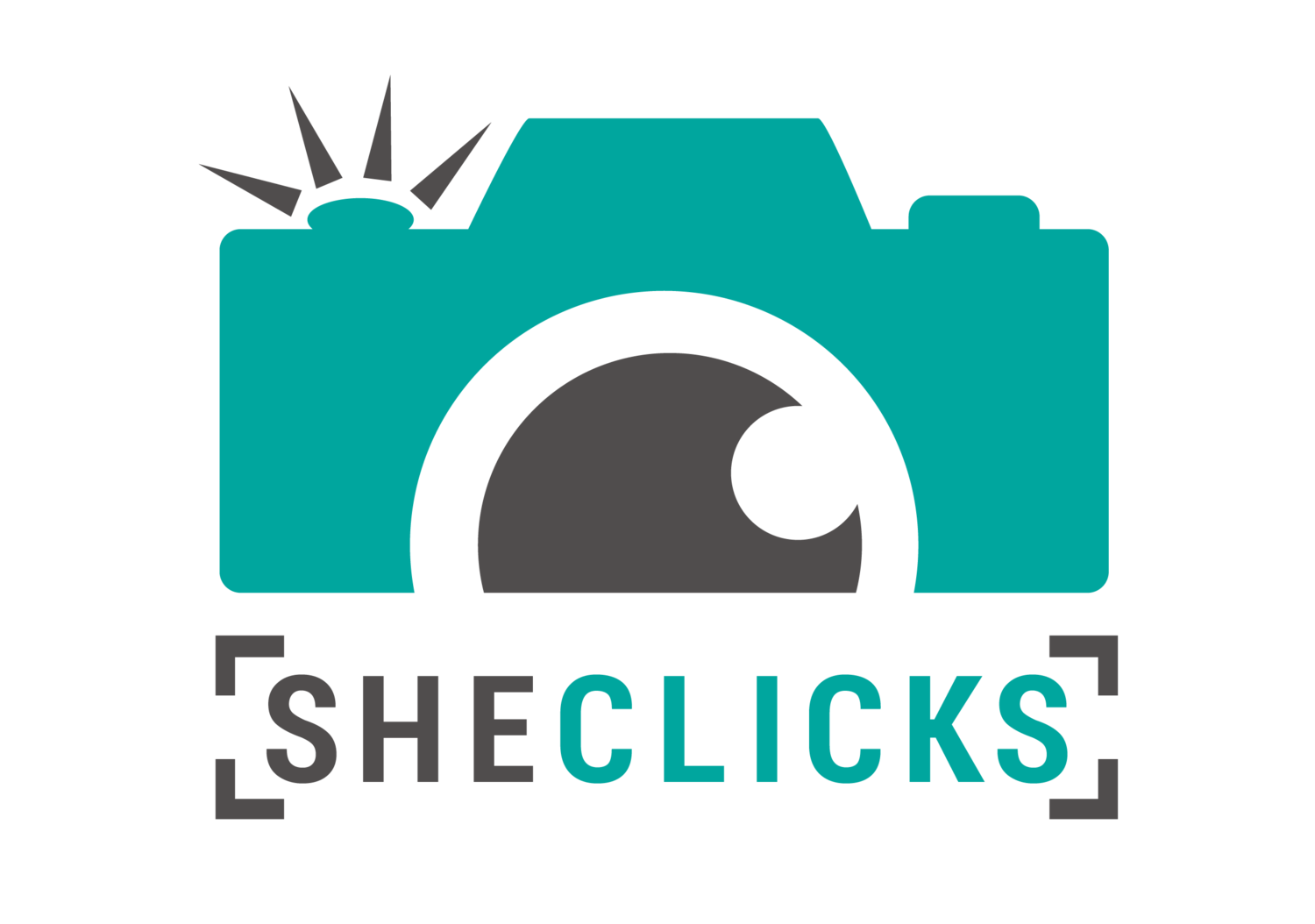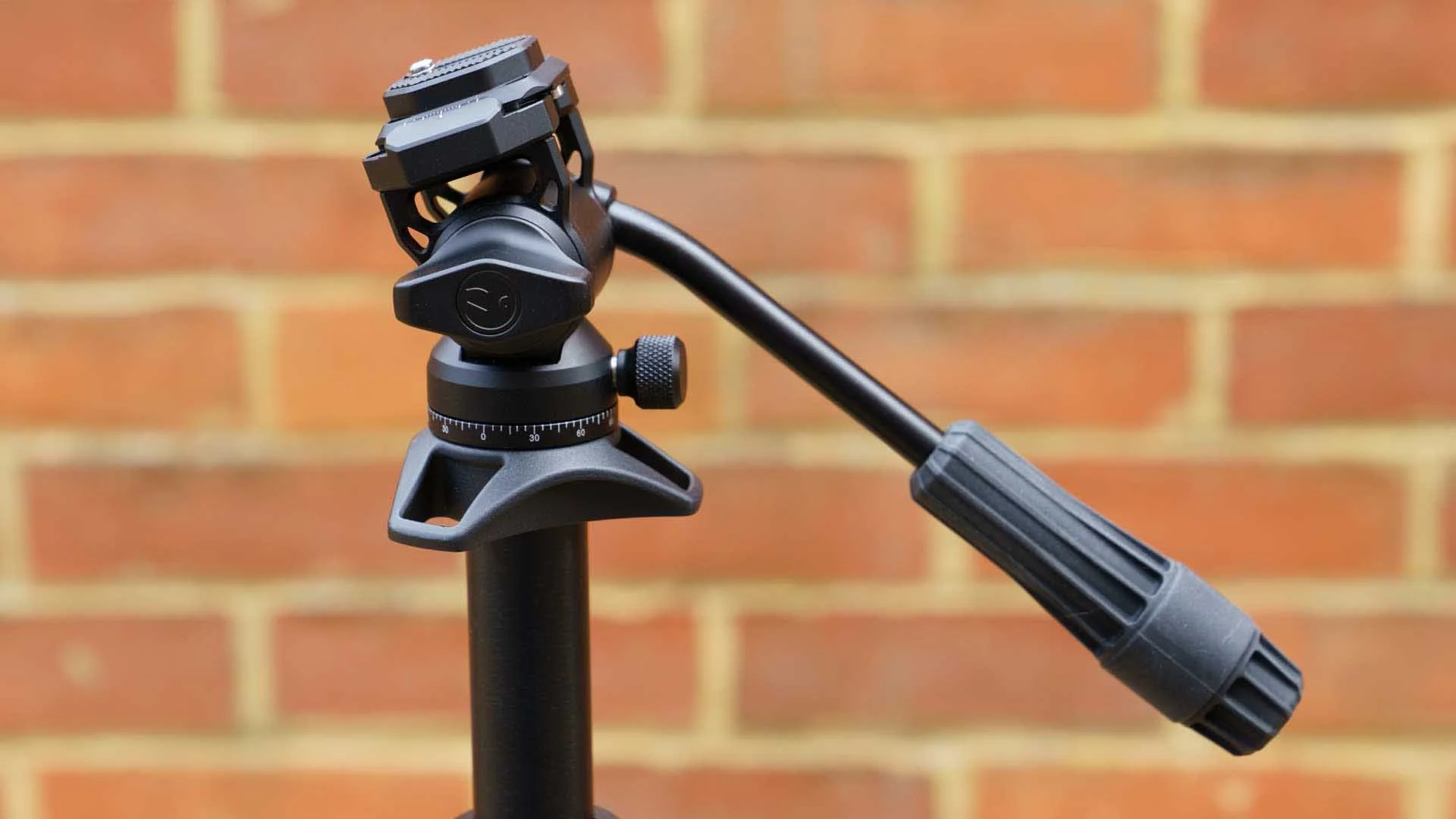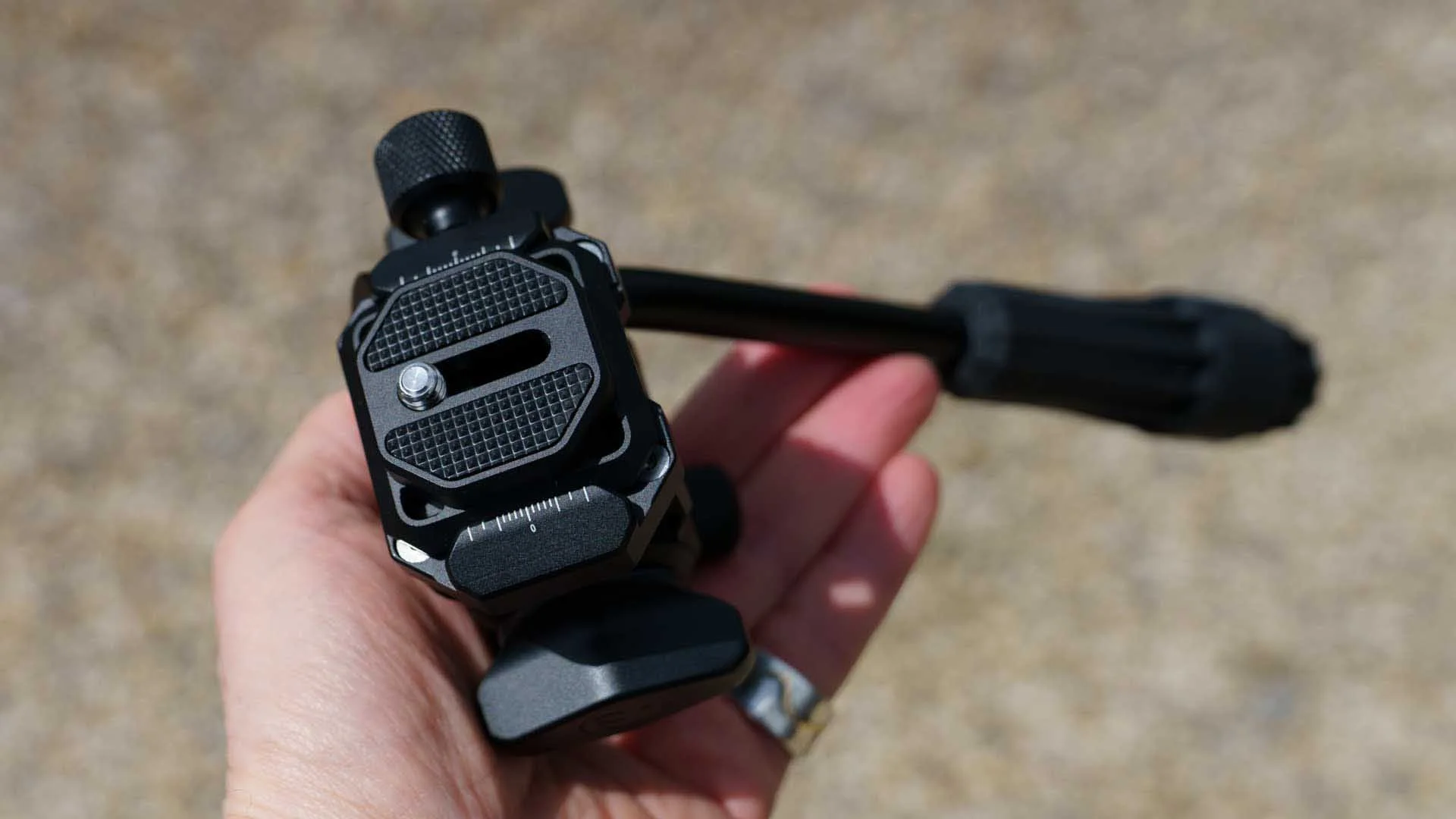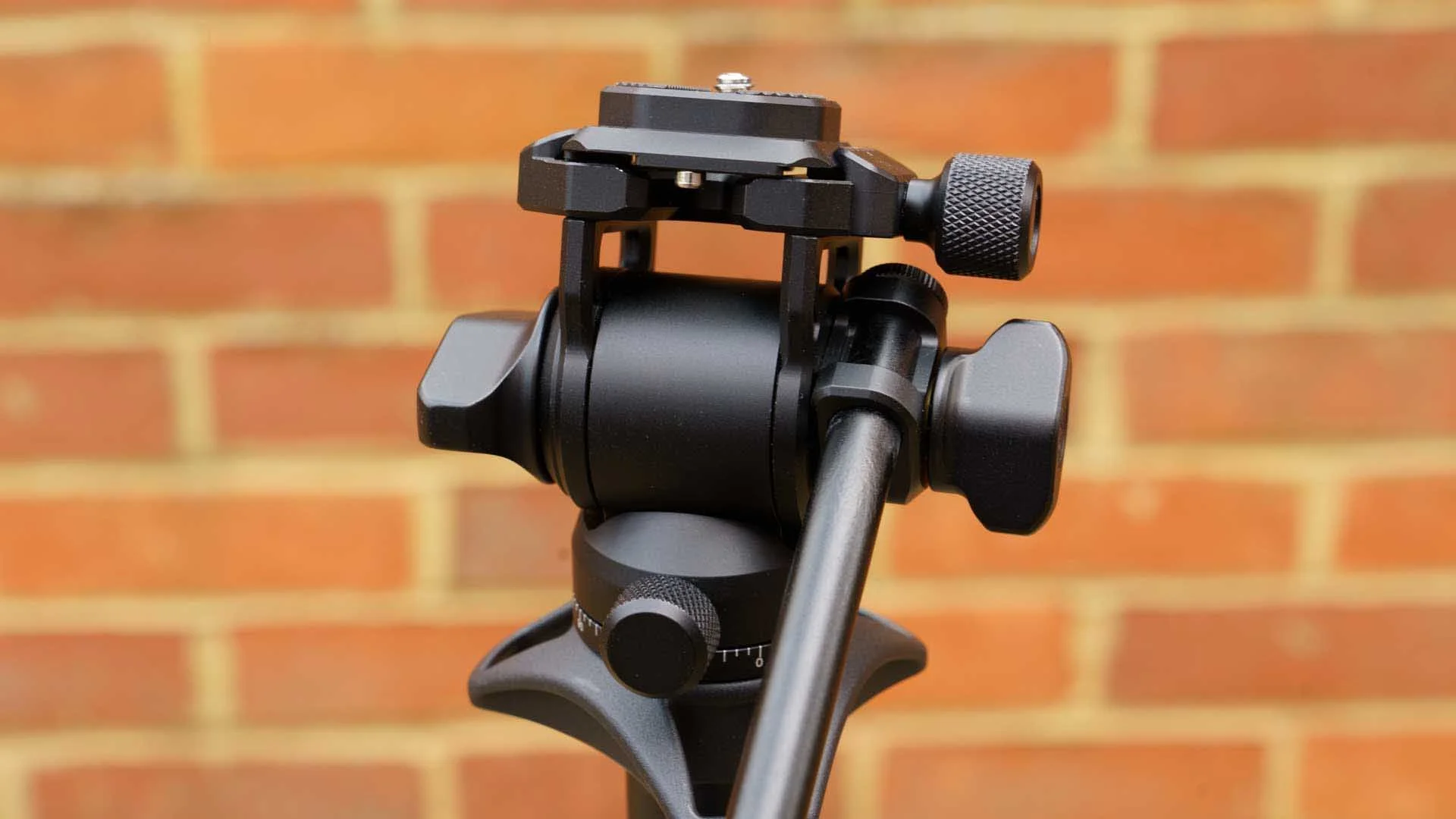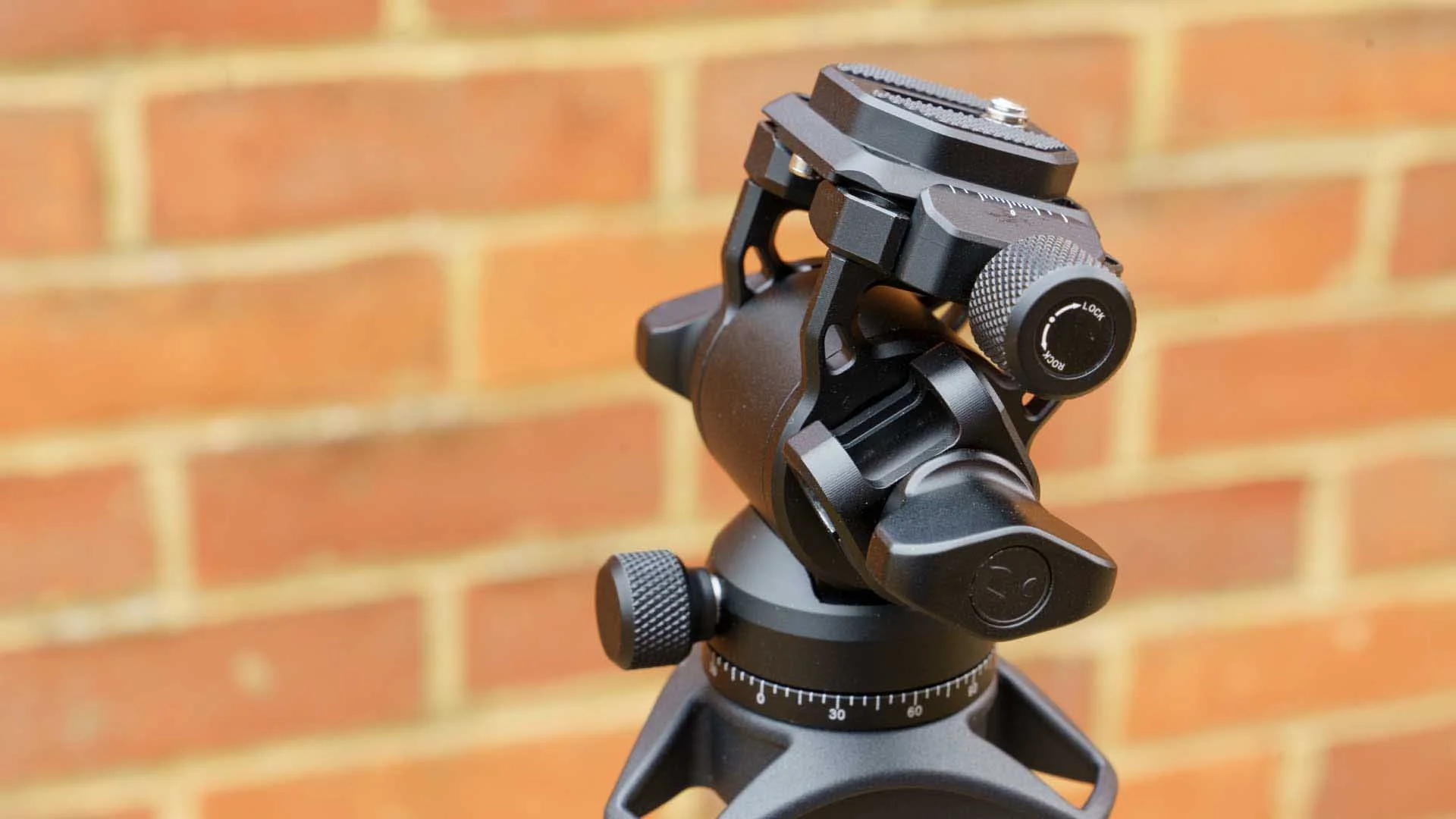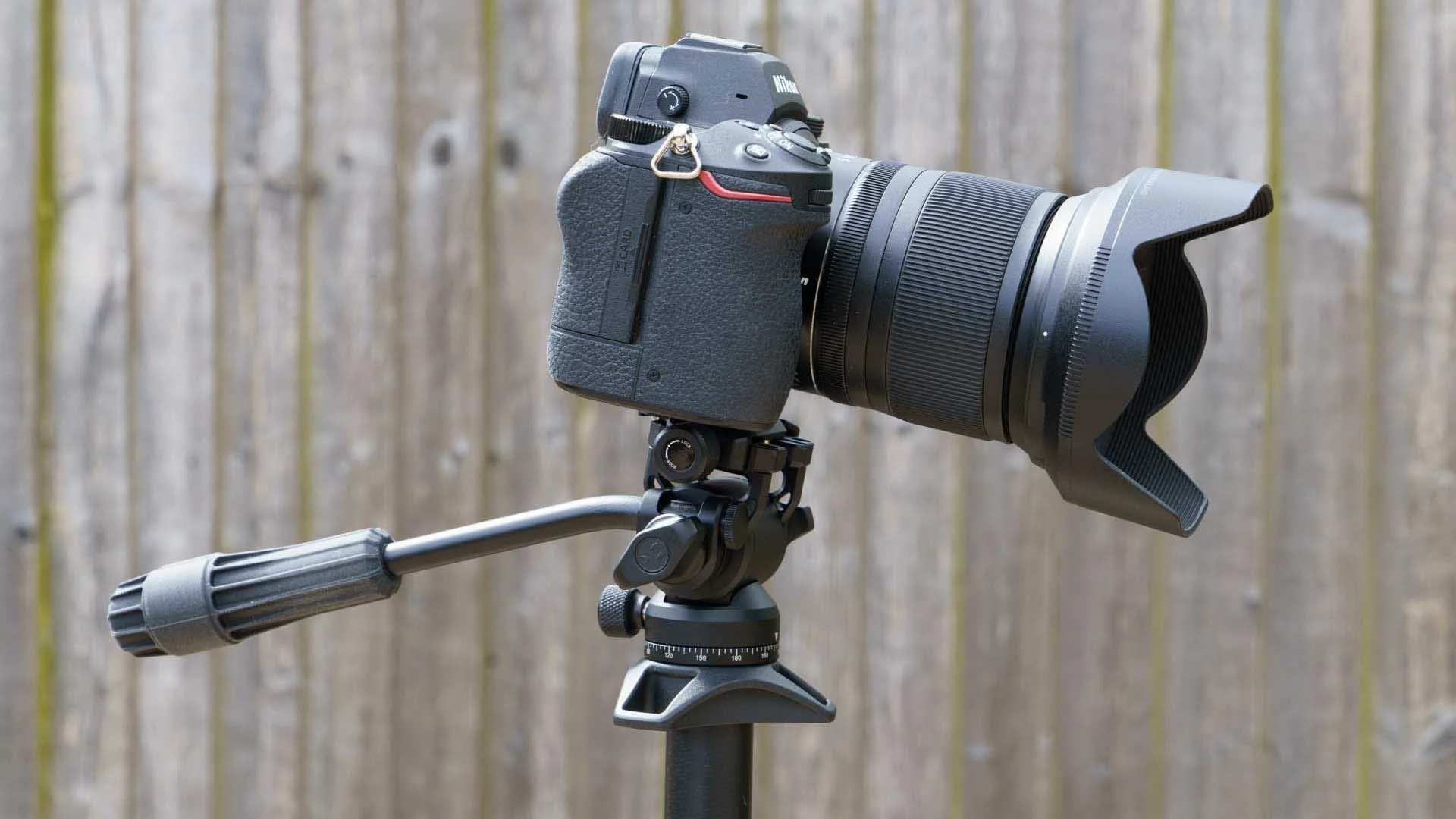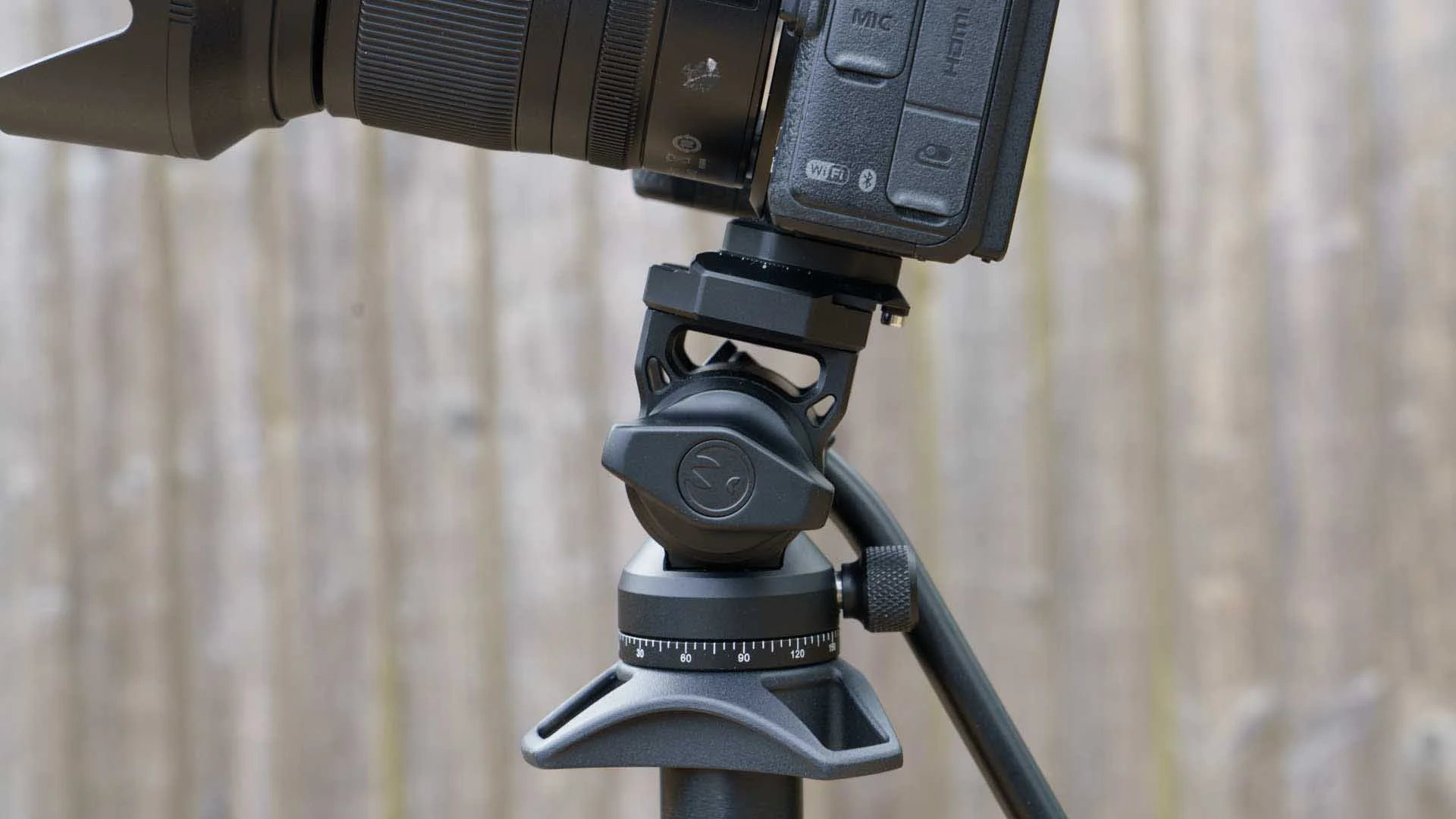3 Legged Thing AirHed Trinity Review
The 3 Legged Thing AirHed Trinity two-way tripod head shown on a 3 Legged Thing Patti 2.0 tripod.
Summary Verdict
I recommend the 3 Legged Thing AirHed Trinity for anyone looking for a small, durable and adaptable pan and tilt tripod head. It's important to remember the additional requirements if you want to shoot in upright orientation (a lens with a tripod collar and foot), but the 3 Legged Thing AirHed Trinity is attractively priced and a great choice for a range of photographic disciplines, and videography, without compromising on performance or quality.
Photographers who use long lenses but don't like to carry a tripod should seriously consider using the AirHed Trinity with a monopod.
Score: 5/5
For
Small and lightweight
Excellent build quality
Smooth panning and tilting movements - even with big lenses
Against
A lens tripod collar is required for shooting in portrait orientation
The tilt arm swivels in its retainer
The 3 Legged Thing AirHed Trinity is surprisingly small, but it’s made from magnesium alloy which makes it strong and durable.
What is the 3 Legged Thing AirHed Trinity?
The 3 Legged Thing AirHed Trinity is a compact pan and tilt head suitable for use on tripods, monopods and other support systems like sliders and clamps with a standard 1/4"-20 or 3/8"-16 connector. It can be used for regular stills photography, shooting panoramas, video production and bird watching. It's engineered to provide fluid motion for panning and tilting, making it useful for videographers, content creators, photographers and wildlife enthusiasts looking for a camera, lens or scope support.
3 Legged Thing AirHed Trinity Price and Availability
The 3 Legged Thing AirHed Trinity's price is £79.99 / $89.99 and it goes on sale immediately (30th April). From 14th May the AirHed Trinity will be available in Punks Video kits with 3 Legged Thing’s Corey, Travis, Patti, Billy, and Brian 2.0 tripods.
It's also set to be sold with Punks and Legends monopod kits, that include the Docz foot stabiliser, to create monopod 'superkits'.
The 3 Legged Thing AirHed Trinity has an Arca-Swiss compatible clamp and quick-release plate. The clamp is opened and closed by turning the knurled metal knob seen at the top of this image.
3 Legged Thing AirHed Trinity Specifications
Product type: 2-way tripod head
Announced: 30th April 2024
Construction: Aerospace-grade magnesium alloy
Clamp design: Arca-Swiss compatible
Tilt range: 170 degrees (90-degrees up, 80-degrees down)
Max load: 5 Kg / 11 lb
Dimensions with arm (H x W): 7.7 x 21 cm / 3.03 x 8.3 inches
Dimensions without arm H x W): 7.7 cm x 5.5 cm / 3.03 x 2.17 inches
Colourways: Darkness (matt black), Copper (orange accents)
Weight: 374 g / 13.19 oz with arm, 292 g / 10.3 oz without arm
The head’s tilt arm can be removed by undoing the stop screw (shown partially loosened on the right in the image above) and then withdrawing it from the retainer.
Key Features
Measuring less than 8cm in height and just under 9cm in width, the 3 Legged Thing AirHed Trinity is remarkably compact, yet it can support a load of up to 5kg, which is more than enough for the average camera set-up, even with a long lens.
The head comes with a standard 38mm Arca-Swiss compatible quick-release plate, which could be helpful when swapping the camera between other compatible supports.
Like many other 3 Legged Thing products, the AirHed Trinity is constructed from aerospace-grade magnesium alloy to give durability without compromising on weight. It offers a 360-degree panning base and a tilt range of 170 degrees, which includes a +90-degree upward and -80-degree downward movement. Both the panning and tilting mechanisms are designed for smooth, fluid action and easy adjustments.
The 3 Legged Thing AirHed Trinity tripod head from behind, showing the tilt mechanism and arm. The knob on the right releases and tightens the ratchet, which enables the arm to be held at a range of angles. Above it is the knurled quick-release plate lock knob.
As the AirHed Trinity is a 2-way head rather than a 3-way head, it's designed for shooting with cameras in landscape orientation. However, if you're using a long lens with a tripod foot, it's just a case of putting the quick-release plate on the lens and rotating the camera into the correct orientation.
The AirHed Trinity features an easy-grip tilt control that locks tight to keep the camera still, but loosens to allow smooth tilting movements. It also has a removable 20 cm panning arm, which has a rubber grip and a safety retainer or stop screw to prevent accidental detachment. This arm can be detached for easy storage and transportation. You can even flip it in the retainer if you want it to be on the left rather than the right side of the head.
The Nikon D7100 with a Nikon Nikkor AF-S 80-400mm f/4.5-5.6G ED VR lens on the AirHed Trinity on a 3 Legged Thing Punks Patti 2.0 tripod. I flipped the tilt arm to the opposite side of the head for this image.
The panning and clamp control knobs are made from metal and have a knurled finish for grip.
3 Legged Thing supplies the AirHed Trinity with a removable 3/8"-16 sleeve adapter, which means it can be mounted on supports with either a 3/8"-16 or a 1/4"-20 bolt.
The 3 Legged Thing AirHed Trinity with its tilt arm removed
Build and Handling
Although I'd read the specifications of the 3 Legged Thing AirHed Trinity, I was still surprised by how small it is when I opened the box. It's very neat. However, don't let its size fool you into thinking that it's flimsy, it's metal construction ensures that it feels robust.
We've come to expect high-quality engineering from 3 Legged thing and the AirHed Trinity doesn't disappoint. It feels well made and has smooth movements.
Thanks to its knurled finish and sensible size, I find it easy to tighten the pan control sufficiently to lock off any movement, and it only needs s all turn to enable smooth panning. Similarly, the tilt control is ergonomically shaped and easy to use. It enables the tilt friction to be adjusted to suit lenses of different lengths and weights.
The tilting movement is facilitated by a 20 cm arm which can be removed for transportation. The screw that needs to be undone before the arm can be removed all acts as a stop to prevent it from sliding out of its retainer.
A ratchet-like mechanism holds the arm at the desired angle. This can be loosened and repositioned before retightening. However, the arm can swivel within its retainer, with is a little disconcerting at first.
The 3 Legged Thing AirHed Trinity shown with the Nikon Z7 II and a Z 24-70mm f/4 S lens mounted.
Performance
Although it's small and light, the 3 Legged Thing AirHed Trinity does a great job of keeping a camera steady. To see how it performs, I mounted a Nikon D7100 with a Nikon Nikkor AF-S 80-400mm f/4.5-5.6G ED VR lens on the AirHed Trinity on a 3 Legged Thing Punks Patti 2.0 tripod.
Pushing my luck, I initially put the quick-release plate on the camera rather than the lens' tripod foot. This makes the camera fairly unbalanced, but the lens only drooped a little when I locked the tilt control.
With the len’s vibration reduction (VR) turned off, I could also get sharp images at shutter speeds of around 1/10 second when the lens was at the 400mm end. As the D7100 is an APS-C format camera, that's an effective focal length of 600mm, so getting sharp images at 1/10 sec is pretty good going. However, when I extended the exposure time to multiple seconds, I could see the lens vibrate slightly in the blustery conditions, and my images had some movement blur.
Deciding to be a bit fairer on the tripod head, I mounted the camera via the lens tripod foot. This makes for a much better-balanced setup, and it's easier to tilt the lens smoothly - more on this later. I also found that even with the lens at full extension, it didn't droop when I locked the tilt control. That means that the composition didn't change. Further good news is that despite the breeze, I got sharp images with shutter speeds as long as 30 seconds at the 400mm end of the lens. That's no mean feat.
While the 3 Legged Thing AirHead Trinity is suitable for stills photographers, its panning and tilting movements make it particularly attractive to videographers. I found I could make smooth, fluid movements with different cameras and lenses. It only takes a second or two to adjust the tilt control from the requirements for a short lens to a long telephoto.
The 3 Legged Thing AirHed Trinity has a large tilt control knob that’s ergonomically shaped and easy to lock-off or loosen.
Verdict
After testing the 3 Legged Thing AirHed Trinity, it's clear to me that this compact pan and tilt head is a valuable tool for various photographic and video applications. Its robust build ensures it provides a stable platform for equipment up to 5kg in weight, making it suitable for most cameras and lenses. Its design also enables smooth, fluid panning and tilting movements, which are essential for capturing high-quality video footage. These movements are also useful when following wildlife or birds in flight, taking the weight off your arms while you track the animal's movements with a long lens. Next time I head to Bushy Park to photograph kestrels or other birds on a SheClicks meet-up, I'll take the AirHed Trinity on a monopod such as the 3 Legged Thing Punks Taylor 2.0.
The AirHed Trinity's practical features, such as the easy-grip tilt control and the removable panning arm with a safety retainer, enhance its usability and convenience. 3 Legged Thing has also priced the head competitively, making the AirHed Trinity excellent value, considering its high-quality construction and functionality.
